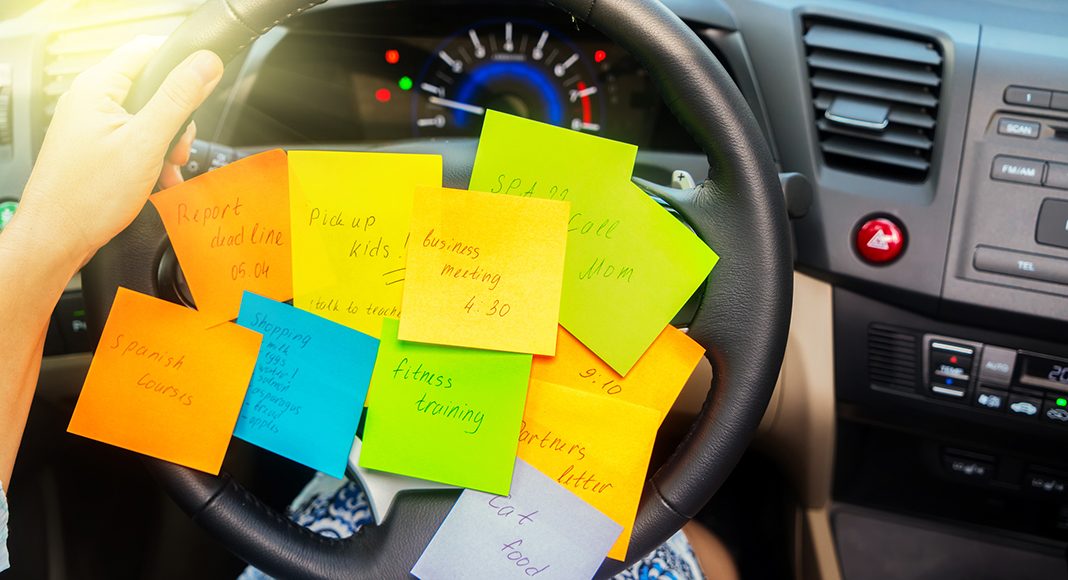In this second instalment of the Seven Stages of Distraction Denial series, eDriving’s award-winning Brain Scientist Advisor Paul Atchley Ph.D. uncovers the myths about multitasking to help managers and drivers understand the real impacts of distracted driving.
Stage 2: I am really good at multitasking
Is multitasking possible?
We don’t multitask, we task switch. That task switching can occur so rapidly it feels like multitasking, but isn’t. Every time we task switch, there is a small cost to re-engage with the new task and get back into the workflow of that task.
What’s the impact on driving ability when a person engages in a phone conversation?
The more difficult the task, the greater the cost for task switching. Talking seems easy but it actually takes a lot of the brain to listen and speak. Driving is similarly complex. So, in combination, they take too much attention for your brain to process simultaneously.
What happens to a person’s brain when they talk about themselves?
Communicating with others is a healthy behavior. We are wired to share, because we are wired to be social. When we share with others, our brain rewards us with positive neurochemicals to encourage us to “stay connected”. This is one reason phones are so compelling for us.
To learn more about this stage and all Seven Stages of Distraction Denial, view eDriving’s webinar with Dr. Atchley in which he provides further insights and tips for avoiding distracted driving.
Distraction Denial Stage 3: It’s ok to text at stoplights
Previous stages
Distraction Denial Stage 1: I am a better driver than most



















